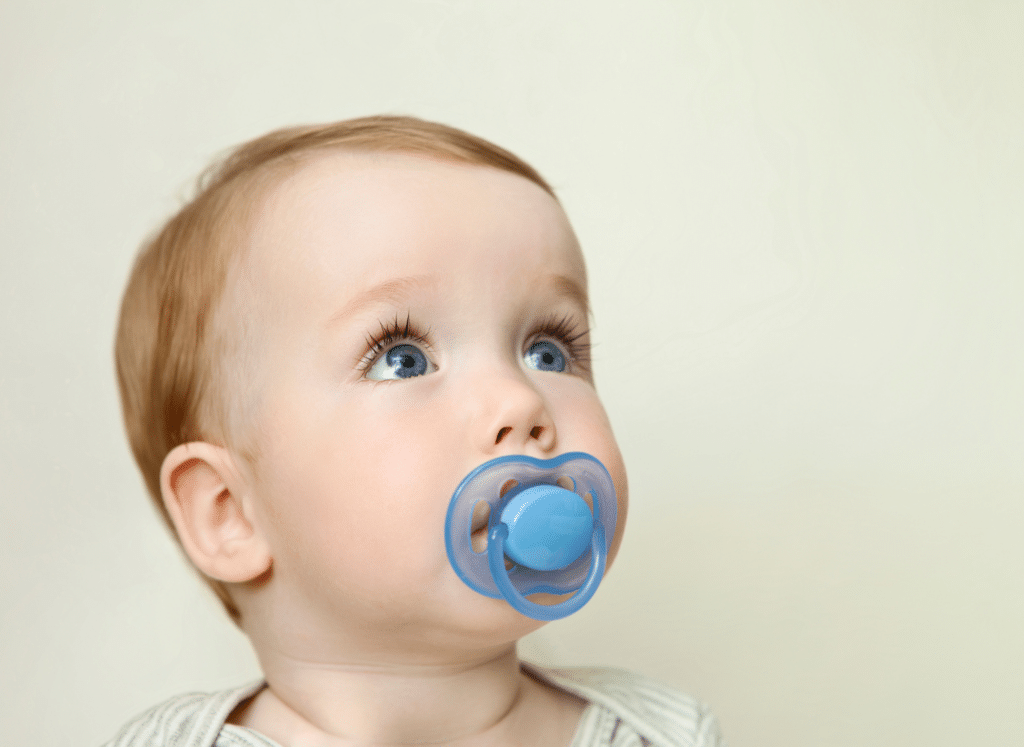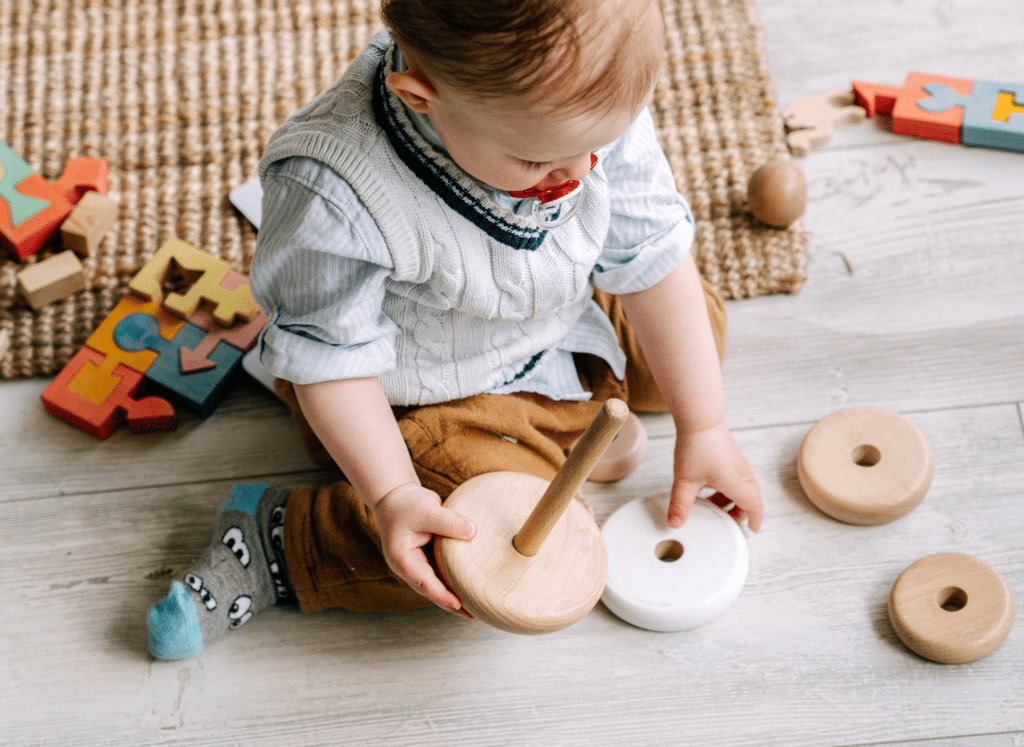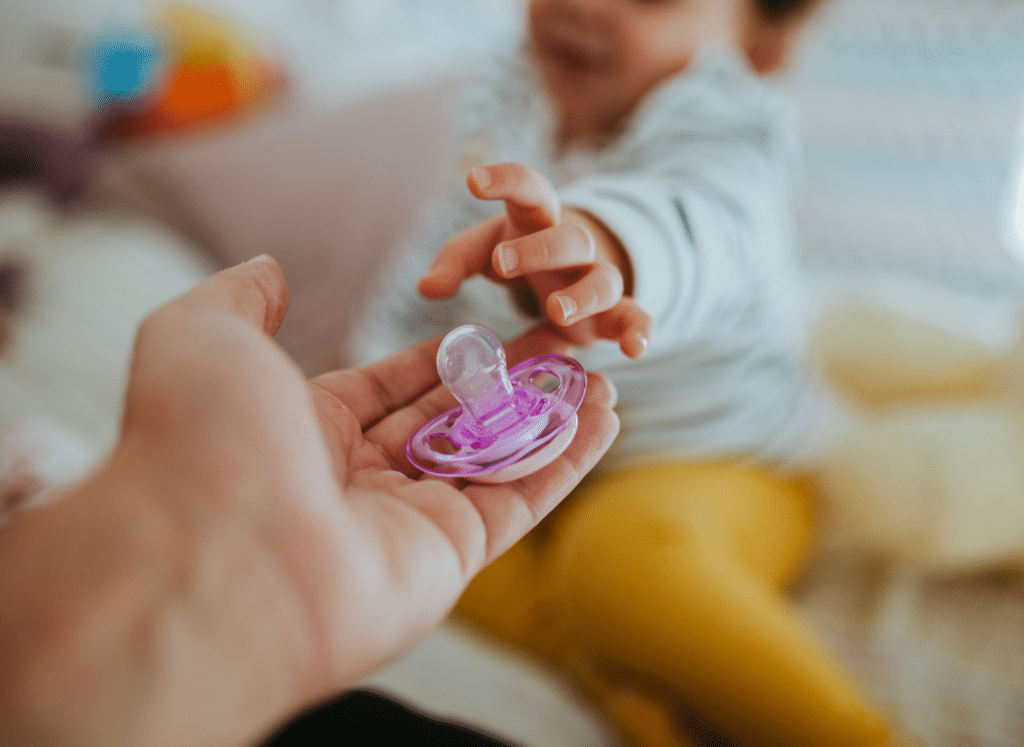Why is my child biting their pacifier?
We often hear from parents saying: “My child bit their Clipp pacifier – it’s torn. Is it normal? Is it a defect?”
We understand the surprise, even frustration: you’ve invested in a thoughtful weaning pacifier – and now it’s damaged?
In most cases, the issue isn’t the product quality. It’s your child evolving. And that’s actually a good sign.
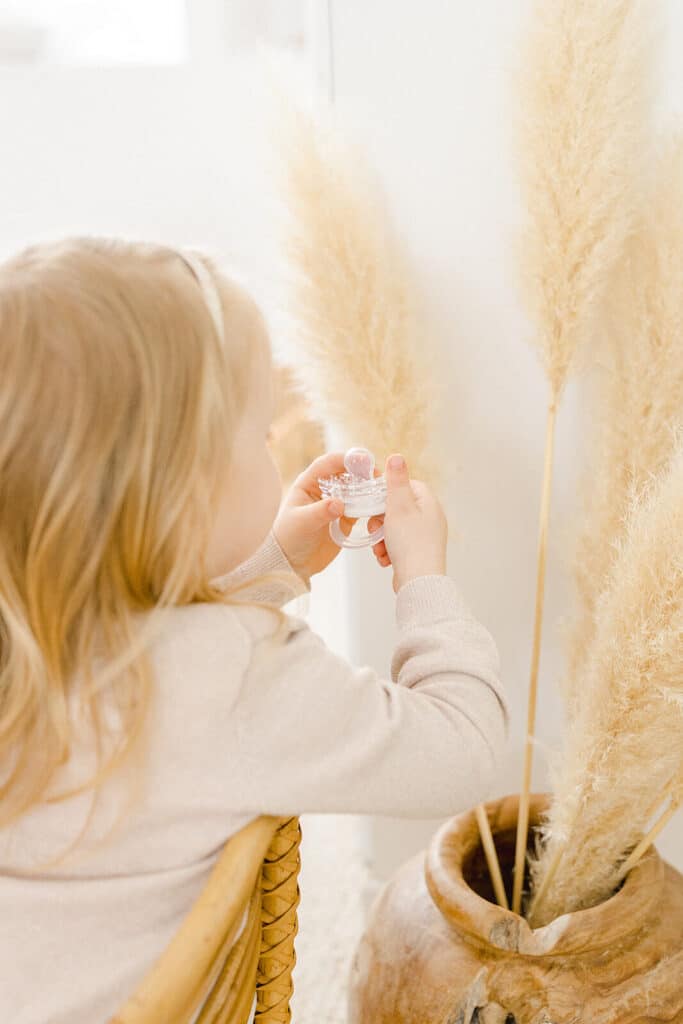
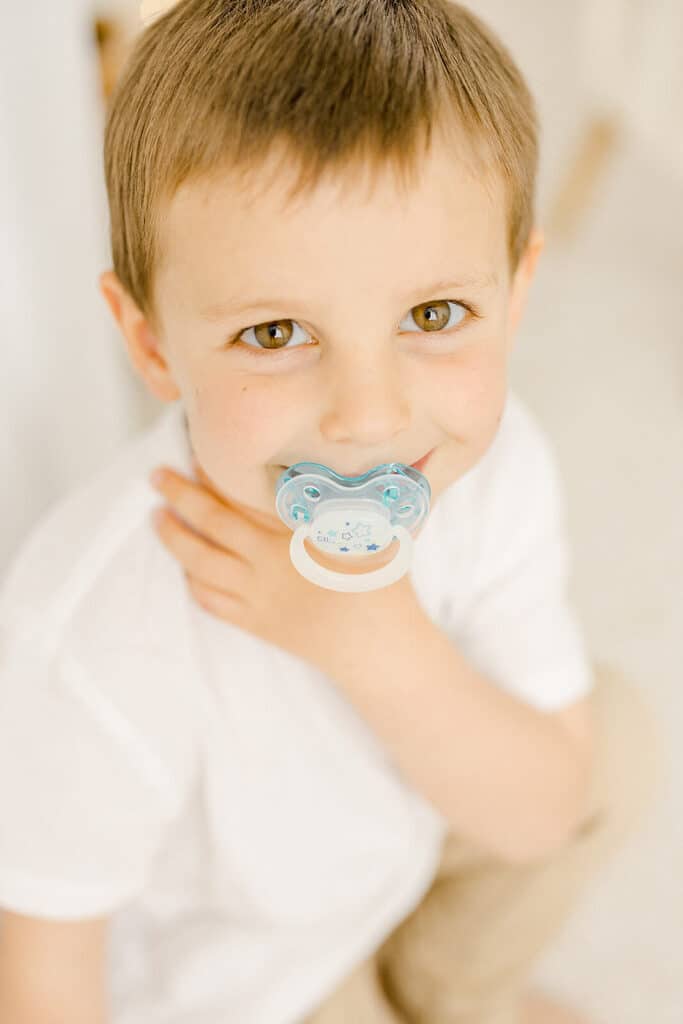
Biting instead of sucking: a new behaviour
Pacifiers meet a natural sucking need: to fall asleep, feel calm, or self-soothe.
But sometimes, this evolves. Some children start to bite, chew, or gnaw instead of sucking.
Why?
- Teething: Even if baby teeth are already out, tension in the gums can remain.
- Sensory needs: Chewing can help children self-regulate or focus.
- A new habit: They’re exploring a different use.
- Emotional response: It might be a sign of stress or tiredness.
So biting isn’t bad behaviour – it’s just a new need.
Is Clipp made for biting?
No. Clipp is a weaning pacifier, not a teether. Its soft, slim, and evolving design helps reduce sucking – not withstand chewing.
If your child bites the pacifier, they’re changing its purpose. And Clipp isn’t meant to be chewed. It won’t last under that use.
Didn’t realise they were biting?
You’re not alone. Some dummies on the market are so resistant, they don’t show wear. Your child may have been chewing for a while – without any visible signs. Once they switch to Clipp, signs of wear may appear quickly. That’s not a defect – it’s a clue: the pacifier is being used differently.
Watch for signs:
- Do they clamp it with their teeth?
- Are the same spots always damaged?
- Do they chew rather than suck?
These help you identify the right time to stop – or switch tools.
Certified safety – but not chew-proof
Clipp pacifiers are CE certified and meet all standards under EN 1400 (for safety, tear resistance, and durability). But no pacifier is designed to be bitten. Clipp is a suction tool – not a chew toy.
What to do if your child bites the pacifier?
- Talk to them:
“Are you biting it? Does that feel good?” – no blame, just awareness. - Offer a safe alternative:
Try sensory chew tools: necklaces, bracelets or silicone items. - Observe moments:
Does it happen at bedtime, after stress, in the car? - Consult a health professional if needed: speech therapist, dentist, or paediatrician.
And above all – don’t feel guilty. This is a natural phase in weaning.
So… what about weaning?
Biting shows that sucking is no longer the need. Your child is transitioning away from pacifiers. That’s a success! At this stage, Clipp is no longer the right tool. It works best when your child still sucks their dummy.
What matters is to respect their rhythm – and gently guide them toward something new.
They’re almost there. And you’ve done a wonderful job. ❤️
Similar articles
The need to suck is an innate reflex Non-nutritive sucking refers to the act of sucking without the aim of obtaining nutrients. This includes using a dummy, thumb or other...
Sucking is more than just a need, it’s an innate reflex for infants. Dummies are an essential part of life for many babies and young children. They have been used...
Thumb or dummy? Choosing between a thumb and a dummy is an important decision for parents. These two sucking methods have different implications for children’s development. While some families prefer...

